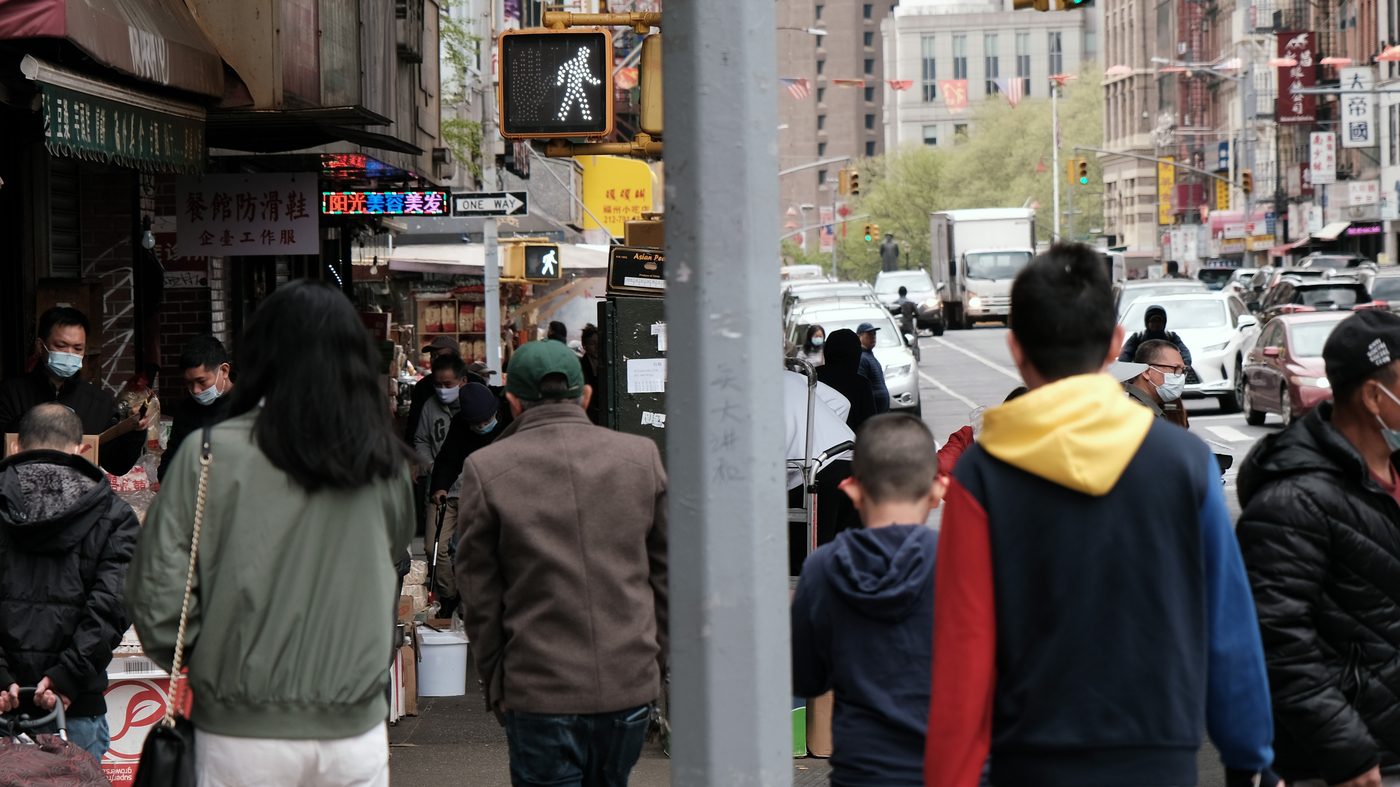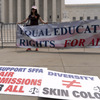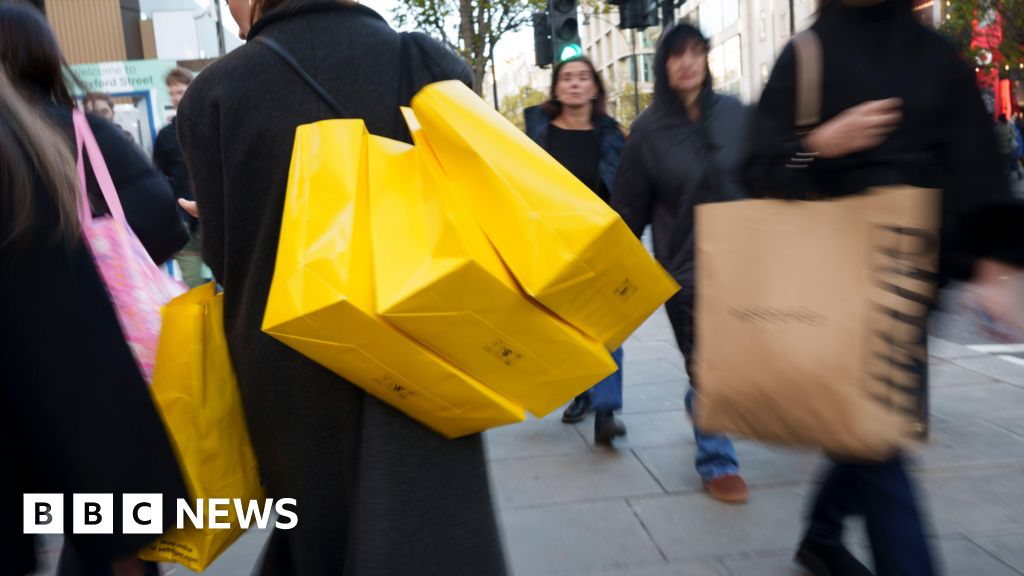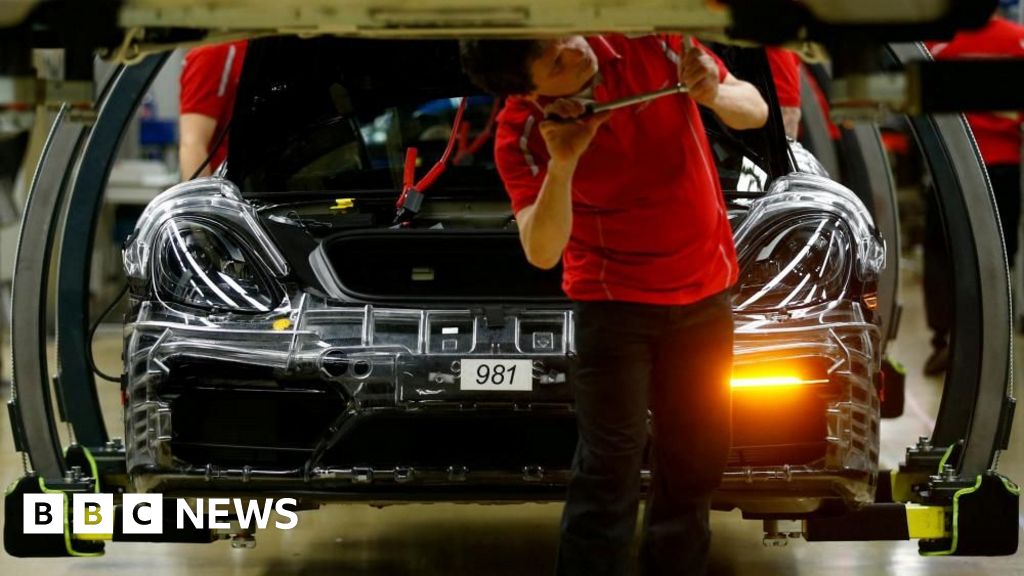
New Pew research explores the diverse experiences of Asian Americans in poverty : NPR
- Politics
- March 27, 2024
- No Comment
- 207

People walking through a busy street in Chinatown in New York City. About 11 percent of Chinese Americans live in poverty, according to a new analysis by the Pew Research Center.
Spencer Platt/Getty Images
hide caption
toggle caption
Spencer Platt/Getty Images

People walking through a busy street in Chinatown in New York City. About 11 percent of Chinese Americans live in poverty, according to a new analysis by the Pew Research Center.
Spencer Platt/Getty Images
A Nepalese immigrant in his early 40s described the stress and uncertainty he felt during college about how to afford rent, food and tuition despite having a scholarship.
A man of Hmong origin in his mid-30s said he struggled with the decision to either attend college or go straight into the workforce to provide for his family.
And a woman of Pakistani descent in her early 30s said she didn’t see her father often while growing up because he worked constantly to support their family and other relatives in Pakistan.
These were some of the responses in a new report from the Pew Research Center about the wide variety of experiences among Asian Americans living in poverty, based on 18 focus groups in 12 languages with 144 participants.
The report was part of a set of research published Wednesday to capture Asian Americans in economic hardship on a quantitative and qualitative scale. The project drew from focus groups, as well as census and survey data.

Nationally, 1 in 10 people of Asian descent live at or below the poverty line. But the rate was vastly different depending on country of origin, researchers found. For instance, about 6% of Indian Americans live in poverty while the rate is 19% for Burmese Americans.
Through focus groups, researchers also found that the challenges and opinions around poverty for Asian Americans differed based on age and whether they were born in or immigrated to the U.S.
“There are also shared experiences among Asian Americans living in poverty such as day-to-day financial difficulties, assumptions by others that they do not need help because they are Asian, and the importance of financial security in achieving their American dream,” said Neil G. Ruiz, who co-authored the set of Pew reports.
Burmese, Hmong and Mongolian Americans experience some of the highest poverty rates
About 17% of Hmong Americans and 16% of Mongolian Americans live at or below the poverty line, according to a Pew analysis of the 2022 American Community Survey.
The rate of poverty was between 10% and 13% across Korean, Malaysian, Laotian, Chinese, Vietnamese, Thai, Indonesian, Bangladeshi, Pakistani and Cambodian groups. The poverty rate for Nepalese, Japanese, Sri Lankan and Filipino American groups were between 6% and 9%.

The analysis also found that 26% of all Asians living below the poverty line are located in just three major cities: New York City, Los Angeles and San Francisco. High rates of poverty among Asian Americans also exist in Fresno, Calif.; Buffalo, N.Y.; and Pittsburgh, Penn., according to the analysis.
Within major cities, the rate of poverty among Asian groups can vary even further. For example, according to a 2021 report from the New York mayor’s office, about 32% of Bangladeshi immigrants and 29% of Pakistani immigrants in the city experienced poverty.
About a fifth of survey respondents said they have never asked for help from family, friends or the government
When it came to finding help with bills, housing, food or jobs, Pew researchers found that 61% of Asian adults living in poverty turned to family or friends.
Nearly half of respondents said they also sought government assistance on a local, state or federal level. Meanwhile, 19% of respondents said they have never asked or received support from the government, nor from religious institutions or community organizations.

Some participants in Pew’s focus groups shared that government programs were difficult to access, because they were not proficient in English and the programs were not translated in their native language, according to Ruiz.
He also found that Asian immigrants who were refugees or asylum seekers were more familiar with government assistance than Asians who moved to the U.S. for other reasons, such as educational opportunities.
Asian Americans spoke about not knowing how to save or invest
Fifty-seven percent of Asian adults living in poverty said they were unable to save for emergencies this past year, according to the Pew survey.
In focus groups from this past year, participants shared that part of the issue was simply not having enough money to set aside, according to Ruiz. Another factor was a lack of financial literacy.
“When they are able to save, we heard people just don’t know how,” he said.
Ruiz added that not knowing how to save or invest was an especially common frustration among focus groups participants who were born in the U.S.
A 2023 survey by JPMorgan Chase found that confidence in reaching retirement goals varied across cultures. While 68% of Indian participants and 59% of Vietnamese respondents said they were confident in saving for retirement, only 35% of Korean participants felt the same.
U.S.-born Asian Americans expressed skepticism that education guarantees success
The role and significance of education was a common theme in focus groups.
While many foreign-born Asian participants believed that education was a key to getting out of poverty, U.S.-born Asians respondents tended to believe that their future depended on the type of education they received, he said.

“Some people were not necessarily saying a bachelor’s degree is the best thing,” he added. “But then you did hear about financial education and learning how to invest.”
In the focus groups, U.S.-born Asians who could speak English discussed the feeling that education was not enough to succeed, adding that networking and financial literacy played a role, according to Ruiz.
#Pew #research #explores #diverse #experiences #Asian #Americans #poverty #Newsportu









